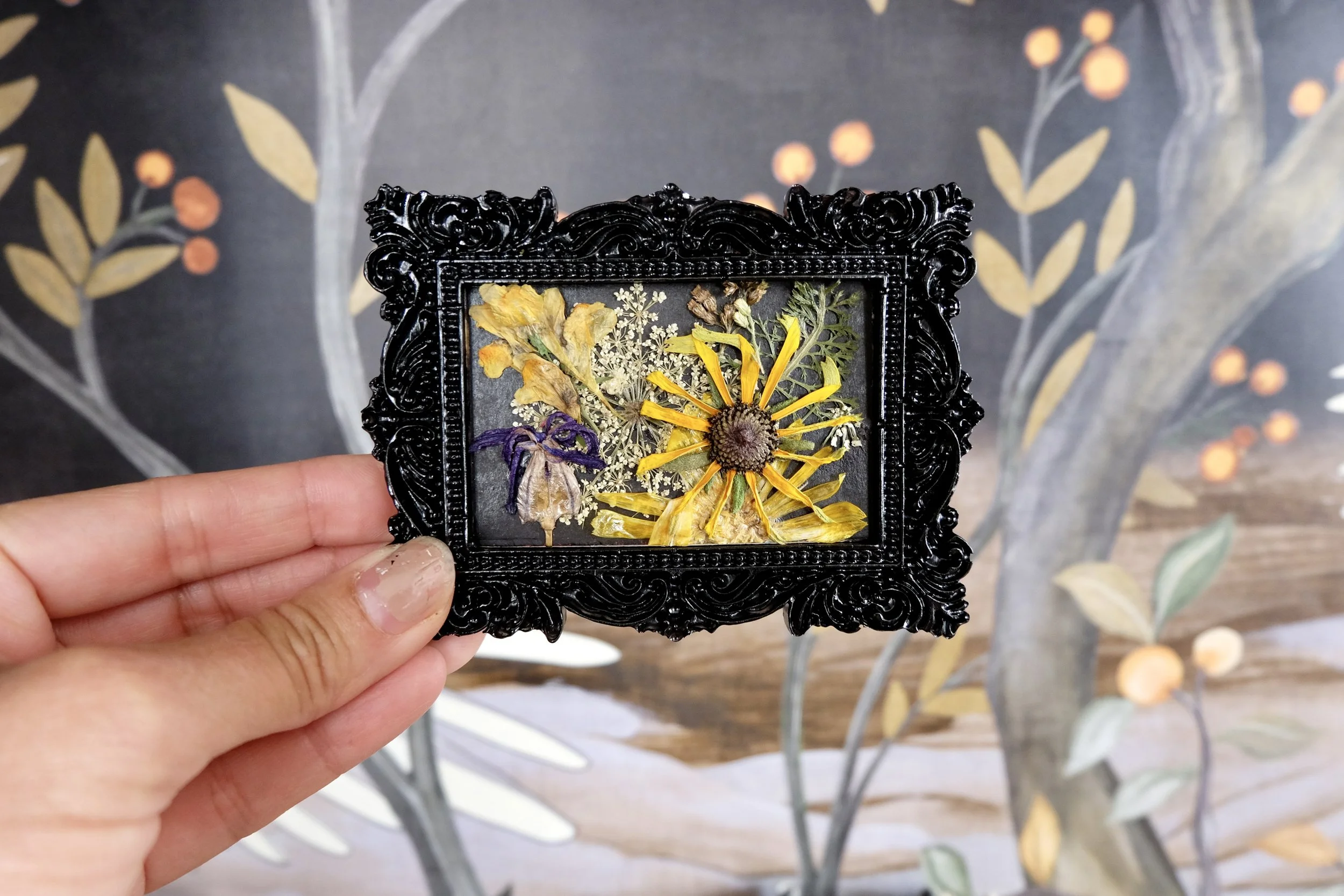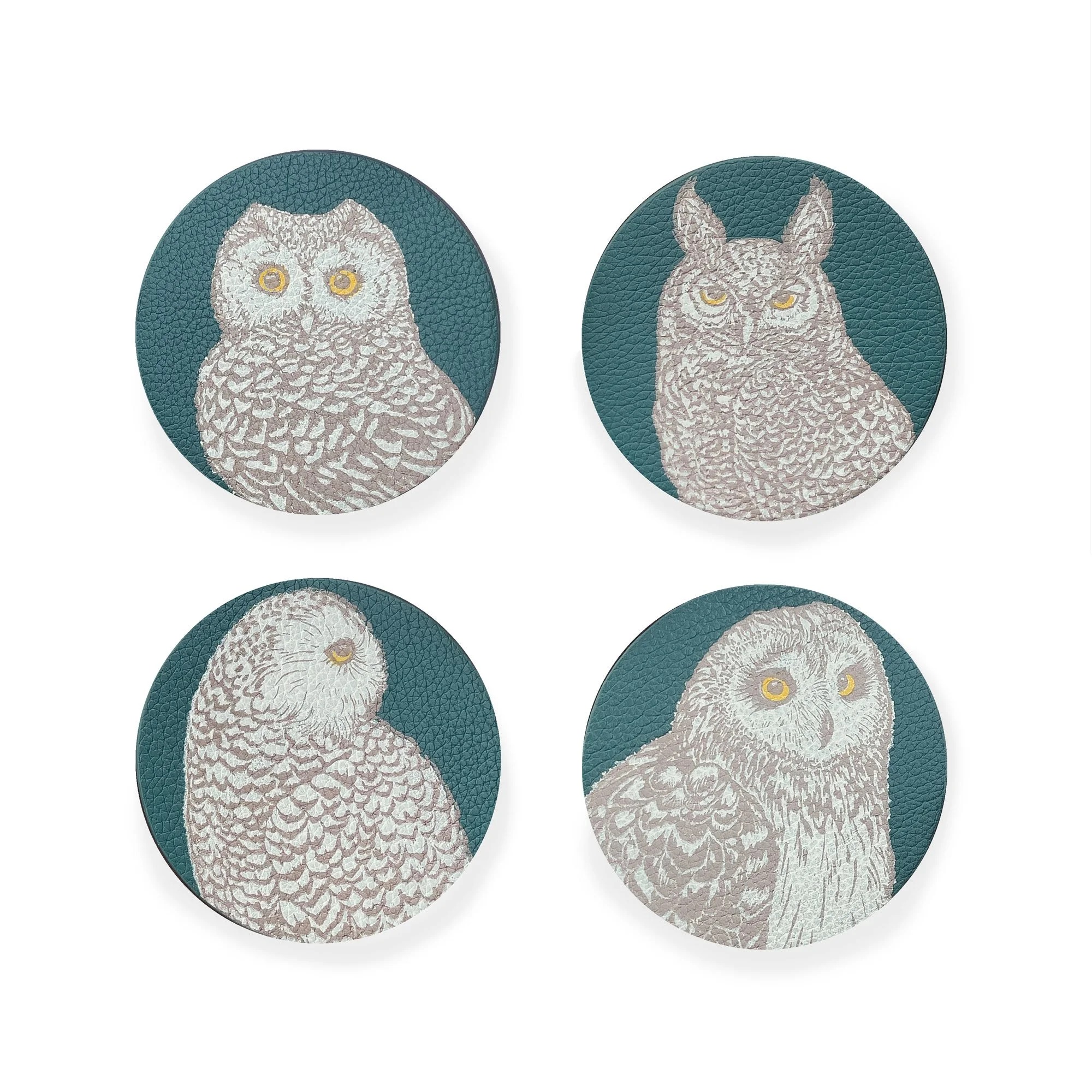Q+A: Ticks in 2023
Time to tuck your pants into your socks, a little earlier this year
by niki@hvny.info
There are some four letter words that are jarring when you hear them. Here in the Hudson Valley, there’s one four letter word that everyone shudders when hearing: TICK.
And there is good reason. Ticks are a nuisance for any one who loves the outdoors, causing caution as they pass on illnesses and sometimes-fatal diseases to humans and our four-legged companions.
We asked Richard S. Ostfeld, PhD, Distinguished Senior Scientist at the Cary Institute of Ecosystem Studies in Millbrook questions from our readers about the tick outlook for the 2023 season.
Q: Will they be bad?
A: There will be ticks out there, they will pose a risk to our health, our family, and our pets. Long term data from the Cary Institute shows that the warmer the year, cumulative degree days, the earlier the ticks come out in the spring. That happened in every month in winter; warm winters mean we were never really safe.
This is going to be a particularly bad season for infected nymphs and the reason for that is we saw a good acorn year in the fall of 2021 and as expected, we saw high populations of rodents – great for the ticks, not so much for us.
Expect that not only nymphs be coming out earlier. A warm year like this year means those adults never really go away never go to sleep either, increasing our risk. While both stages can transmit infection and make us sick, nymphs transmit more disease than adults.
Q: When is peak tick season?
A: Peak was mid-June, now late-May and getting earlier all the time…that’s a function of climate change.
Q: Are there weather conditions that bring out more ticks?
A: Ticks are much more resilient than we tend to give them credit for – in the summer we get these drought periods, and it’s hot, and you start seeing few, if any ticks at all, assume ticks are drying. Turns out, it’s not true – they’re lying low, and avoiding stressful conditions by becoming dormant. There’ s no evidence that cold snaps affect tick survival either; they’re good at escaping temporary bad conditions, burrowing down into the soil. Weather conditions affect when ticks are able to come out, and affect the length of time in which ticks can actually look for a host. It also depends on who they have available to feed on – if they have a lot of hosts, than they do well. They only eat one thing and that’s blood.
Q: What’s the most effective bug spray for tick prevention?
A: Deer-based repellent works, Picaridin, EPA-tested repellents … they all work. But most important, is educating yourself on what they look like, what to do when you find them, and to act quickly to get it removed.
Q: Any natural repellents or recommendations?
A: It’s incredibly difficult to control populations of rodents in natural settings even in our basements, garages, sheds … it’s not feasible for us to control rodents. But, there are aspects of nature that do this for us: predators that are effective in controlling rodent populations, like foxes, weasels, and owls. Have as much intact habitat as possible to whatever extent we can manage so we have a diversity of predators than manage our rodent populations.
Q: Any plants or bushes that ticks are more likely to be on?
A: Shrubby thickets and invasive species like Japanese barberry and certain honeysuckles: really dense, lots of branches, lots of leaves, cast a deep shade, create a cooler more moist condition; attract rodents to escape.
TICK TIPS:
Location:
Northeast, upper Midwest and Northwest United States
Prevention:
Wear light-colored clothing, closed-toe shoes and pants tucked into socks.
Stay on well-maintained trails, avoiding tall grass and dense wooded areas.
Tick check! Take a warm shower and thoroughly check the entire body for ticks every night.
Put clothes in a hot dryer for ten minutes after coming inside to get rid of any ticks on clothes
Repellent:
Tick-repellent clothing treated with permethrin, DEET or a natural repellent
If you find a tick on you, here's what to do:
Using needle-nose tweezers, gently grab the tick right at the base of your skin and carefully pull away at a right angle
Use gentle, consistent pulling to cause the tick to let go, instead of separating it's body from it's head
Wash the area after with warm soapy water
Monitor the bite area and any symptoms of tick-borne illness (see more below). If you notice any of these symptoms appear, call your healthcare provider.
Symptoms to watch out for after a tick-bite:
A “Bulls-eye" circular rash three days to one month after tick bite
Joint pain, chills, fever and fatigue
Headache
Get in touch with your healthcare provider if you have any of these symptoms after a bite.
Over 300,000 Americans contract Lyme disease each year, and Dutchess County is “home to some of the nation’s highest rates of Lyme disease incidence.”
Tick check daily – check over yourself and your pets at the end of the day, place clothes directly into the dryer for a cycle in high heat, stay in the center of trails when out hiking, wear light colored clothing or even don the one-piece TickSuit to impress all your hiking buds.
If you find a tick attached to your skin, remove it with a tweezer so you get the head of the tick, then monitor the location for a bullseye rash, and reach out to your healthcare provider if you come down with any symptoms like headache, joint pain or fatigue.
More info: https://www.health.ny.gov/diseases/communicable/lyme/


































